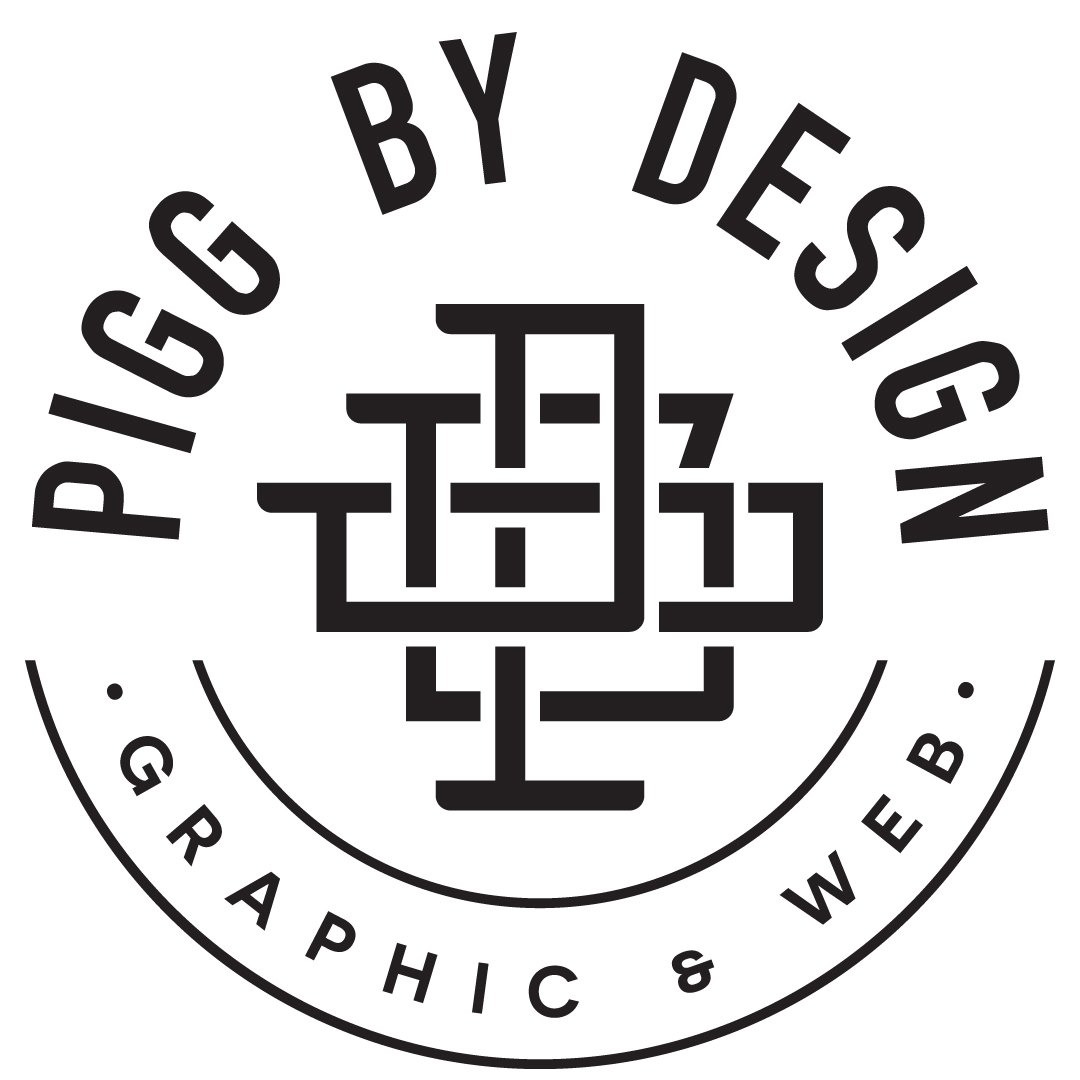
So, here I am writing about the many misleading ways a portfolio can sucker people into thinking that they are picking a graphic designer with some creativity and merit and I cant really be sure I’ve even updated my own in a while. Fingers crossed I have and I haven’t committed any of these crimes.
First up in my rogues gallery of false graphic design prophets is the overcooked. Now this rears it’s ugly head more so on sites like People Per Hour/Guru etc. You know the type where people all over the world bid on work and whoever undercuts and shows the glossiest work wins and the real designers out there try selling their souls and underselling their work because they are tricked into believing that it’ll all be for the greater good in the end. This quite clearly is another article for another day. Back to the point in hand. The best example of what I mean here can be found at Crowdspring (the enemy but at least they do visibly try to discourage this sort of thing.
logo design concepts
stock art and clip art
This example is my personal favourite not only because it has the Joomla and Ubuntu logos in but it is possibly the home to the most used in portfolios ever. Now I understand that a logo design may require people as a graphic, but if you are looking through a portfolio and you think “hey, that looks familiar” then alarm bells should be ringing. Similarly if you are thinking “hey I’d like mine to look like that” you should probably have a word with yourself. If you only take one thing away from this article and never speak to me please, just bookmark the link there and refer to it when ever you are looking at a portfolio. If I find a better put together example then I will update accordingly.
Next up the (unlabelled) concept work. Now there may come a time when any graphic designer has a go at these competitions and bids on spec for some work. Been there, done that, not sure if it’s too great on the design soul, but again, another article. Now, said designer is quite chuffed with resulting design and although it doesn’t get used puts it into the portfolio anyway. Fine, as long as it’s accompanied by some words describing it as a concept. If it kept to the brief and is a good example of work why not. However, add it in as work done and paid for and it becomes deceptive. I’ve seen on a few portfolios such logos and when I’ve googled the company I’ve seen a completely different logo. Now, either a rebrand has happened or (in the case of the actual logo being a completely different entity) the designer completely missed/ignored the point of the brief and did their own thing. Either way, not the sort of designer you should be working with.
This next section could be tagged onto the previous one but there is a subtle difference there so I wanted to keep it separate. The (non-existing) concept work. This is where a company name/business whatever is made up and a logo/brand package is created to suit. Again this is mostly seen on bidding sites I’ve found but it is out there a lot. Normally easily to spot when web domain is included and there is no site available. Any company with no web presence is a little hard to swallow, especially of they are paying a reputed graphic designer to create their work. Now I’m sure there are many reasons why this phenomenon may occur, last minute lack of funds, death, the end of life on planet earth, the decision to quit the rat race and their chosen profession to go herd goats on a mountain, whatever. It may genuinely happen. However, if a portfolio has more than, say 3 (let’s be generous) of these, then I think it would be safe to say you are looking at made up content done to showcase a style that said designer likes and feels people should know that they can do. Again, properly labelled there is nothing wrong with this. Showcased as actual paid for design is a problem.
Now after reading that back it seems I hate concept work, I don’t, it’s a great way of learning new techniques and keeping things creative when a designer has spare time. What I’m saying is look for how things are being presented, do a little research.
I think I could probably have saved some words by just saying something along the lines of, when checking out a portfolio of work make sure that there’s some descriptive text to go with the images you’re seeing. See if the work matches the brief, was there a brief? does what you’re looking at seem fit for purpose?
I’m now off to totally redo my portfolio and make sure I am abiding to my own rules and I’m sure if you’ve read this you are now gonna click the link below or above and see if I have kept to my words or if I am just as full of shit as everyone else.
Thanks for reading
